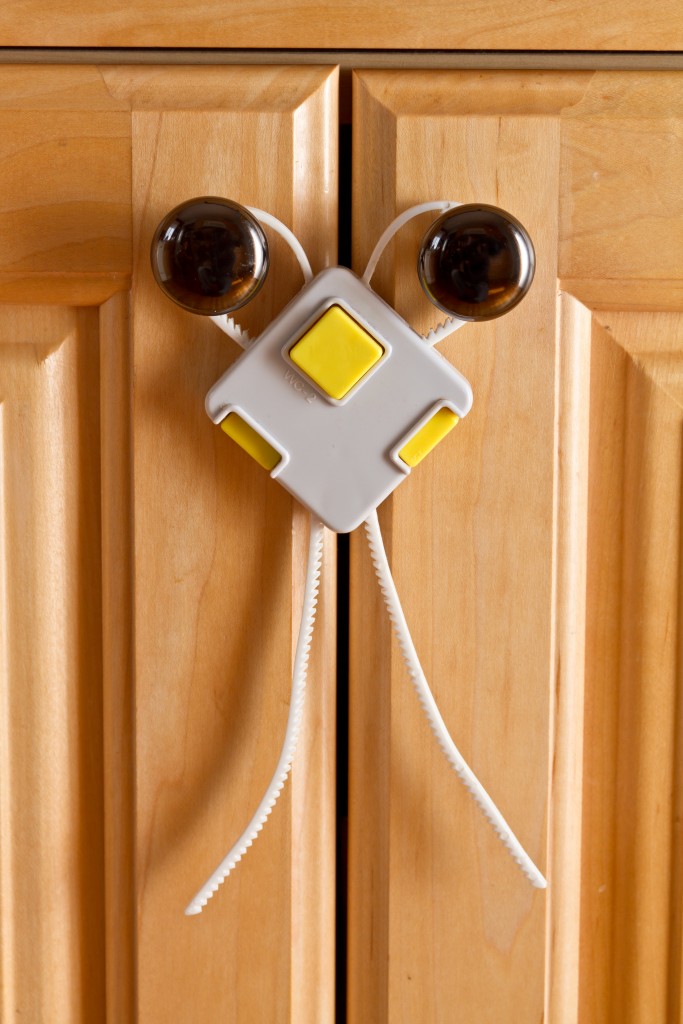If you have kids, childproofing your home is not an option but a requirement. Children are fragile and prone to accidents: among children ages 0 to 19, 12,175 die every year because of an unintentional injury.
Childproofing your entire home will take a lot of work, but it’s worth it if it means protecting your kids and securing their future. If you’re not sure how to get started, here’s a checklist you can use:
Anchor Your Furniture
You might think that your furniture would never tip and fall, especially if they’re heavy. But this happens more often than you think. And when it does, somebody gets hurt. In the U.S., someone gets injured every 20 minutes because of appliances or pieces of furniture falling over. Thus, furniture and appliances are safety hazards for children.
The best solution to this problem is to anchor furniture to the wall. Secure not just the furniture in your kid’s bedroom but all pieces of furniture around the house. Some kids might also try climbing up to look out the window and make the furniture fall over mid-journey. So as much as possible, avoid placing furniture by the window.
Install Safety Latches in Cabinets
Kids are inquisitive creatures. If they see a knob on a cabinet, they’ll want to grab onto it and pull. If they lose their grip, the door might slam on their fingers and hurt them. So make sure that you install safety latches on your cabinets, especially those within your kids’ reach.
Pad Sharp Edges
Sharp edges can also injure your kids. For example, during play, they might run and get too close to a coffee table and accidentally cut themselves. That said, you need to pad all sharp edges around the house. If you have extra bubble wrap lying around, you can use it to cushion sharp edges. But if you want something more secure, though, you can get thick edge protectors online.
Cover Sockets
Kids are easily fascinated by things around them and will touch anything interesting to them. That includes power sockets. Make sure that you cover them up to hinder your kids from getting electrocuted.
Hide Your Cords and Ropes
Disorganized and dangling cords and ropes may strangle your kids. Many parents reported that their children were strangled by blind ropes; sadly, some didn’t survive. The same thing can happen because of appliance cords around the house.
On that note, you must hide your cords and ropes. You can use cable organizers or an old pipe so that your kids can’t yank your cords. For blind ropes, you can wind them up or tie them so that children can’t reach them.
Secure Your Kids’ Beds
Using a bed railing will help secure your kids from falling off their beds. If you have a baby who is only months old, the best way to keep them safe in their crib is to avoid leaving soft toys and crib bumpers in it. These things can potentially suffocate your baby.
Install Safety Gates

If your house has stairs, make sure that you use safety gates on both ends to prevent children from falling. You can also install safety gates in their bedroom door. Another area to secure is the kitchen. Install a safety gate at the entrance so that your kids can’t come to the area unsupervised, especially when you’re cooking.
You might consider buying safety gates with customized plastic molding so that you can include modifications you need. For example, you need to ensure that the rails are narrow enough so that your kids can’t insert their heads in between.
Lock Away Anything Poisonous or Potentially Poisonous
Many things around the house can poison your kids. If left unsupervised, they might reach onto these things and put themselves in danger. Thus, make sure that these items are locked in cabinets with safety latches. Some of these things include medicines, cleaning supplies, and fragrances.
Make Your Bathroom Scald-free
Children have very delicate skin, and they burn more easily than adults’ skin. Thus, it’s important to take extra measures to prevent your kids from scalding or burning themselves, especially in the bathroom. Install anti-scalding devices in your faucets. Also, make sure that your water doesn’t go over 120 degrees Fahrenheit. Anything over this temperature can cause third-degree burns.
There are many ways to secure your home to remove any potential risks for your kids. And doing most if not all of them will not just keep your kids safe but will also give you peace of mind.

